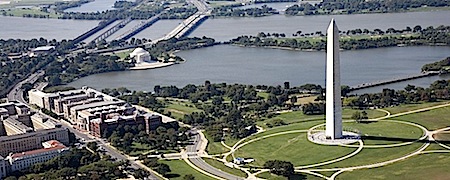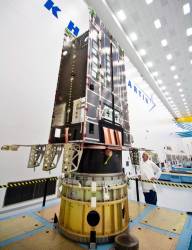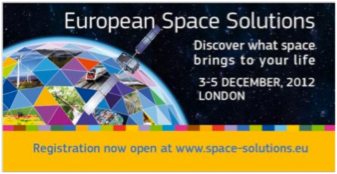The Sequester and Its GPS Discontents
Deep military spending cuts set to kick in March 1 will likely slow efforts to modernize the GPS constellation, insiders agree, in large part because many of the personnel needed to push the program forward will be sitting at home, unpaid, one day out of every five.
The human impact of the deep cuts taking effect when sequestration kicks in on Friday was already evident in mid-February during the program review conference held by the Association for Unmanned Vehicle Systems International.
By Inside GNSS














